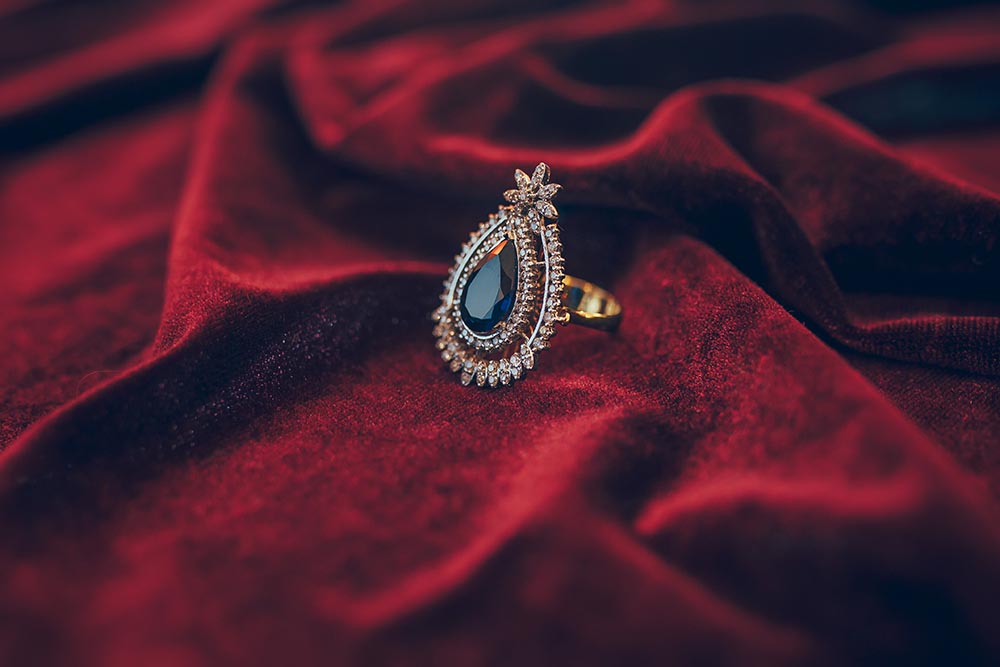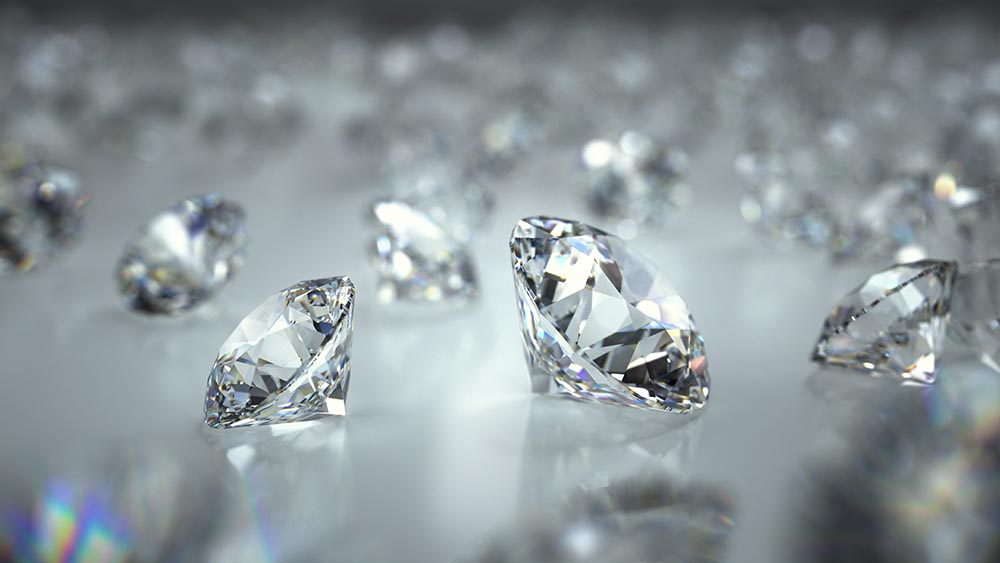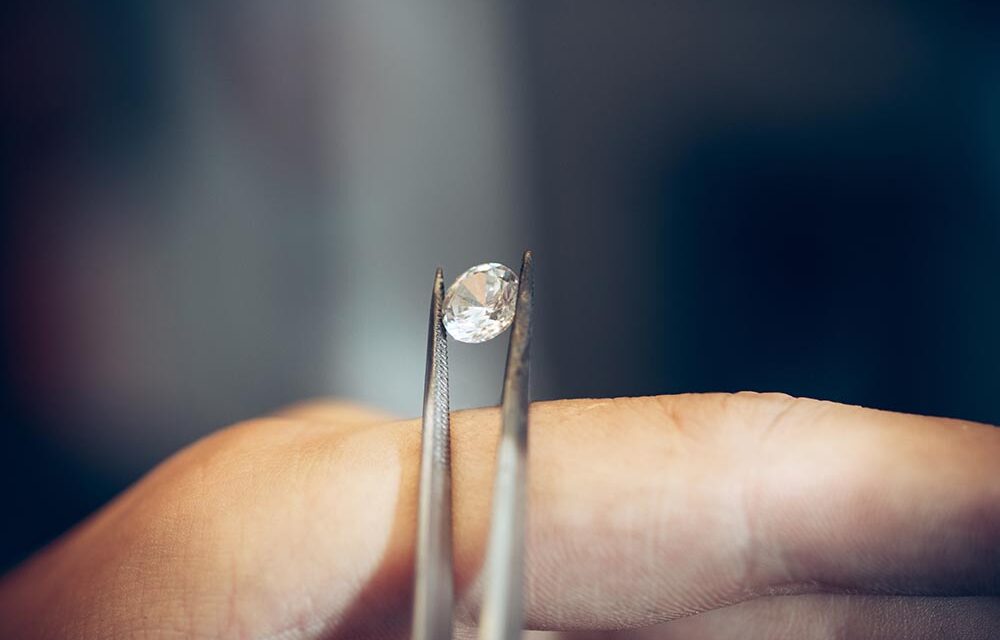Diamonds are a girl’s best friend, or so Marilyn Monroe, and several other artists, tell us. But none of them sing about the colour of the diamonds that are supposedly so friendly. In fact, we all assume that diamonds are simply colourless, or transparent and shiny in appearance and whilst this is technically true, this actually only relates to the purest of diamonds in existence. Gemstones that have colour in them are often labelled in a very simplistic way in the public consciousness, rubies are red, amethyst is purple, emerald is green and so on. While this is the case, there is such a huge range and amount of variance within the categories of gemstone that colour really isn’t often a defining factor. Gemstones are identified by their chemical composition, and to be classed as any one particular type, they must contain certain minerals in fairly specific quantities.

Where does the colour come from?
Purity is one of the two major key aspects that will help colour a gemstone as it is often the presence of a different mineral or metal ore that can adjust the gemstones colour. The more contaminants that are present then the further the stones chemical composition will stray from a pure version of that stone. As such, the greater the purity of a diamond, then the less colour it has due to it’s pure chemical makeup of carbon in a cubic crystalline structure. The other huge contributing factor to the colour of a stone, especially diamonds, is the amount of radiation that the stone has been exposed to. Differing levels of radiation will produce different shades of green, black of blue diamonds and then these will be further adjusted to reach the desired colours via more complex means.

How valuable are they?
As implied above, the vast majority of coloured diamonds on the market are artificially coloured and as such nowhere near as valuable as genuine, naturally coloured diamonds. Should you find yourself choosing a pink coloured diamond from a store counter, then it is a virtual certainty that the stone has been artificially coloured to achieve that beautiful hue. This is not to say they are less valuable; obviously the diamonds are still just as valuable as unaltered diamonds of the same purity and structural quality, and given that they have been altered, this will affect the price as well.

Does this mean coloured diamonds are flawed?
Coloured diamonds are no more of less flawed than clear diamonds as a flaw is referred to the lattice structure within the stone, and this has little to no bearing on the colour. However, if you were to visit a quality jewellery establishment, and examine their coloured diamonds you will find that the stones are much harder to examine internally due to the colour tinting providing an obstruction. Do not let this put you off however as coloured diamonds will still make a fantastically beautiful and striking piece of jewellery that anyone would be lucky to own.



